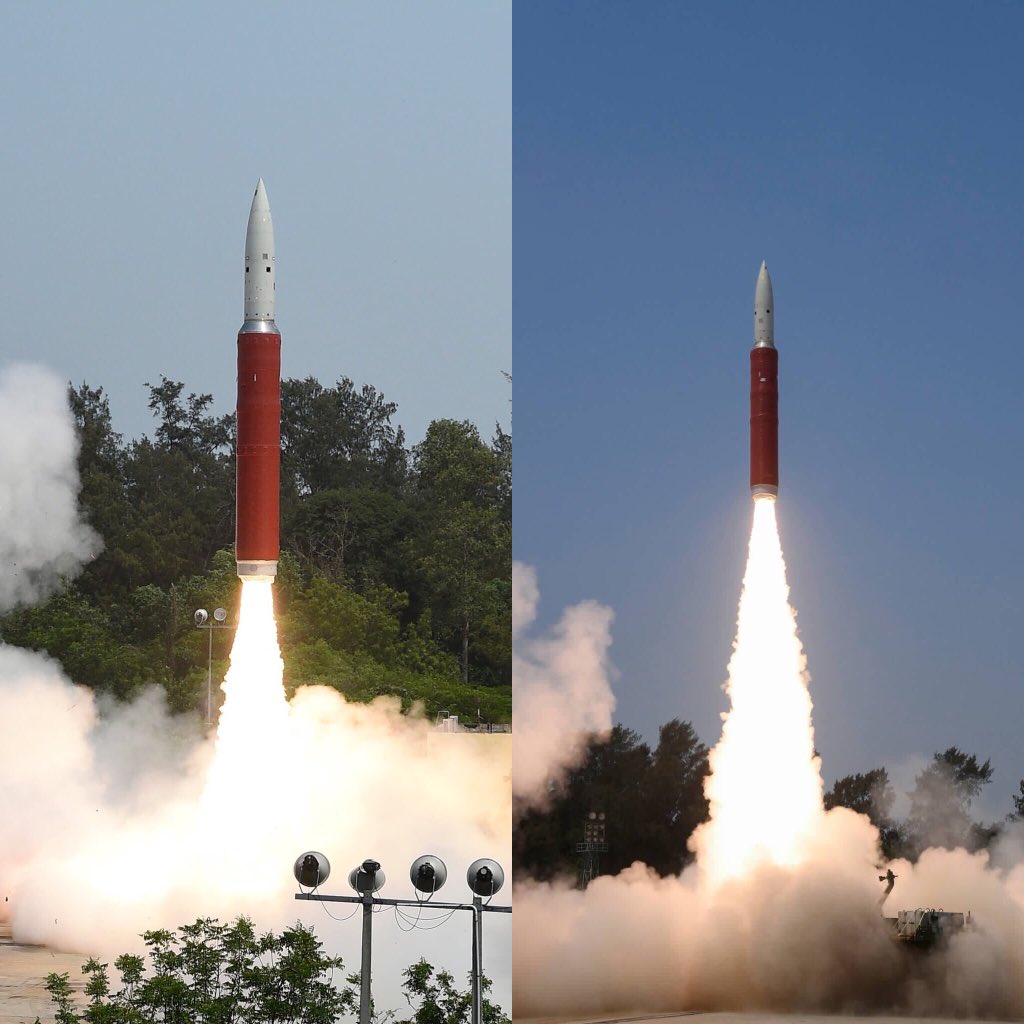This article was originally posted here

Indian Prime Minister Narendra Modi announced today that India had successfully carried out an Anti Satellite Missile Test (ASAT). The mission was code named Mission Shakti. A missile was launched from the Dr. Abdul Kalam Island Launch Complex off the coast of Orissa and hit an Indian satellite orbiting at 300 km. The hit was successful.
It is to be said that this is an important technology demonstration on the part of the Defence Research and Development Organisation (DRDO). It is a capability that only three other countries in the world have – USA, Russia and China. Of these, China seems to be the reason that India accelerated the development of the ASAT. China did the ASAT test in January 2007 by destroying a satellite in a 800 km orbit. The US responded to this with tests of its own in 2010 by destroying a satellite in a 300 km orbit.
India’s response was a Ballistic Missile Defence (BMD) test it performed in 2012 where an incoming missile was intercepted by an interceptor missile. DRDO which had developed the said capability said that it had the building blocks to test the ASAT by 2014. However, it is believed that then UPA Government under Dr. Manmohan Singh did not give the DRDO the go-ahead for this project. It is believed that India feared further restrictions on technology transfer from the US as the basis for not giving the project the go-ahead. It is believed that the go-ahead came after the Narendra Modi government when it came into power in 2014.
It is essential to seperate the civilian and defence space programmes. India did this in 2008 in response to the India-US Civilian Nuclear Deal. Although ISRO launches defence satellites into orbit, it does not intend the end purpose of such a mission be purely military. DRDO developed and launched the target satellite and launched it on a PSLV-C44 this year in January.
With this test, India has a slight advantage over China. Although, China has a ASAT capability it is widely believed that it does not have the capability yet to destroy incoming missiles provided by a BMD programme.
In today’s test India seems to have pranced around all the international treaties that look to prevent the weaponization of space. The concept took root in a 1969 treaty called the Outer Space Treaty. The Treaty is today called outdated and there are several loopholes that many countries today take advantage of like China did in 2007 and India did today. The US has been working to ban anti-satellite tests since 2010 but has failed in building any consensus on the subject. India seems to have conducted the test to ensure that it slips through the door before it closes, metaphorically.
There is a lot of political discussion on whether the timing of the announcement of the mission by the Prime Minister today is a violation of the Model Code of Conduct which is in force for the 2019 National Elections. But, that is for the Election Commission to look at. I do not see any need to do this so urgently unless the anti-satellite test ban were to come into force some time in the near future and India had an inkling as to the timing of the same. The simplest explanation is that the mission was ready and the go-ahead was given by the Government thinking of it as a matter of national defence and prioritised the decision over the Elections.
There is also worry of the creation of space debris which would be left behind by the satellite that was destroyed by the missile today. However, they have the US example of 2010 which also destroyed a satellite in a similar orbit and which lasted in orbit for about 3 years. Against this, stands the Chinese example whose destroyed satellite in the 800 km orbit is still believed to be in orbit. We are given to understand that the debris would eventually get pulled down by Earth’s gravity and will burn up in the Earth’s atmosphere before causing any significant damage. This matter is debatable.
All in all, given the timeline and the current available knowledge, India responsibly tested its capability keeping multiple issues in mind – space debris, Outer Space Treaty and current regional geopolitics.
More reading
The Ministry of External Affairs posted a Frequently Asked Questions section on its website on today’s test. Curiosly, this is not on the Ministry of Defence or the DRDO website. It has useful information and the official version of what transpired.
LiveFist – Shiv Aroor is a defence journalist who maintains a defence blog. His writeups cover most of the technical details and the defence organisational intrigue that was involved in today’s mission. The post linked here also has multiple links that are worth following up on if you’re interested in more details of the ASAT.
There is a 2012 India Today article being circulated on Twitter claiming that India had build capability required for today’s test in 2012 itself. There is significant difference between capability and technology demonstration. And, I believe it’s always a good idea to test a technology before use, if you can.
Vasudevan Mukunth wrote in The Wire about the Mission Shakti, which also analyses the technicalities of the Mission in detail which is also a good overview if you only want to understand what this whole hoopla is about.